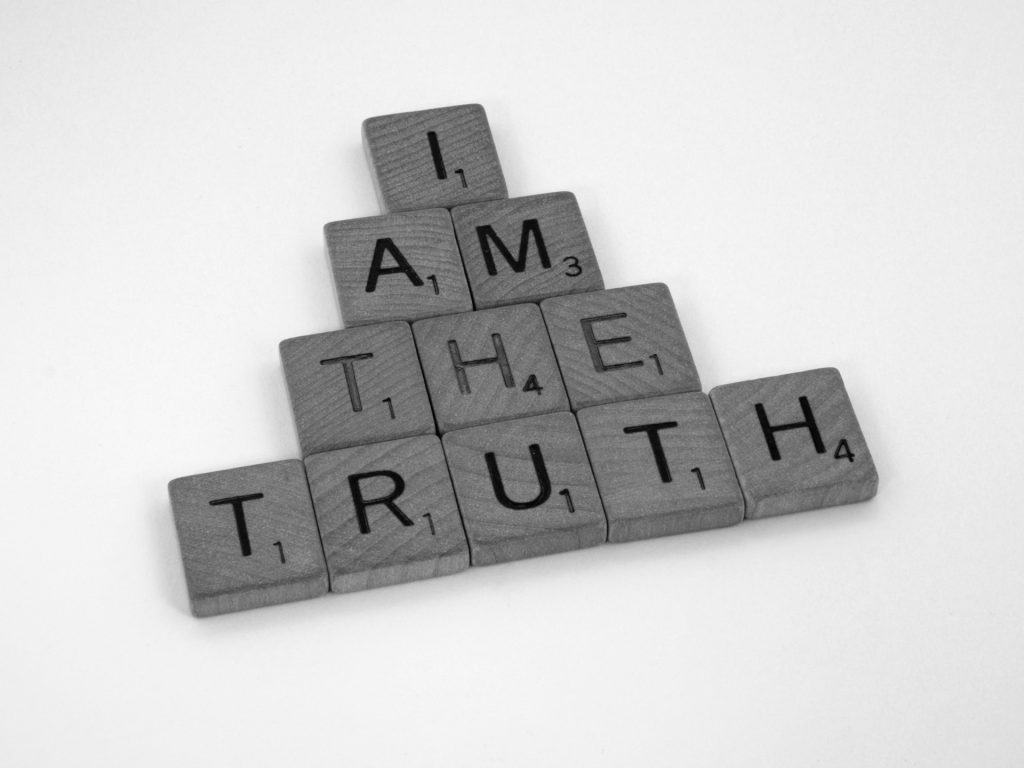Understanding Defamation and Cyberstalking
In the digital age, the proliferation of social media and online platforms has transformed the way people communicate, share information, and express opinions. While these advancements have enriched society, they have also given rise to new forms of misconduct, notably defamation and cyberstalking. Understanding these issues is crucial for individuals, legal professionals, and policymakers to navigate the complexities of online interactions and protect personal reputation and safety.
What Is Defamation?
Defamation is a legal concept that involves making false statements about someone that harm their reputation. Traditionally, defamation encompasses two primary forms:
- Libel: Defamation through written or published statements.
- Slander: Defamation through spoken words.
In the digital context, defamation often occurs through social media posts, blogs, comments, or online reviews. To qualify as defamation, the statements must generally be false, communicated to a third party, and result in harm to the individual’s reputation.
Legal Implications:
Different jurisdictions have varying laws regarding defamation, but common elements include proof of falsehood, publication, injury, and sometimes, malice or intent. Victims can pursue civil remedies such as damages or injunctions, and in some cases, criminal charges may apply, especially if the statements are particularly malicious or harmful.
Legal Measures:
Many jurisdictions have enacted laws specifically targeting cyberstalking, providing victims with avenues for protection through restraining orders, criminal charges, and law enforcement intervention. Evidence collection, such as saving messages and documenting online activity, is vital in pursuing legal action.
The Intersection of Defamation and Cyberstalking
While defamation and cyberstalking are distinct, they often intersect in online harassment scenarios. For example, false accusations posted online (defamation) can be part of a broader pattern of harassment and intimidation (cyberstalking). Both behaviors contribute to a hostile online environment and can have devastating effects on victims.
Impact on Victims:
Cyberstalking can cause emotional distress, anxiety, depression, and even physical danger. Its pervasive nature makes it particularly insidious, as victims often find it difficult to escape the harassment.

Protecting Yourself and Others
- Be cautious with personal information: Limit the sharing of sensitive data online.
- Document incidents: Save screenshots, messages, and relevant evidence.
- Report abuse: Use platform tools to report harmful content and behavior.
- Seek legal advice: Understand your rights and options if you are targeted.
- Promote digital literacy: Educate others about respectful online conduct and the consequences of harmful behavior.
Conclusion
Defamation and cyberstalking exemplify the darker side of digital interaction, emphasizing the need for responsible online behavior and robust legal protections. As technology continues to evolve, so too must our understanding and enforcement of laws that safeguard reputation and personal safety in the digital realm.
By staying informed and vigilant, individuals can better navigate the online world securely and respectfully.

